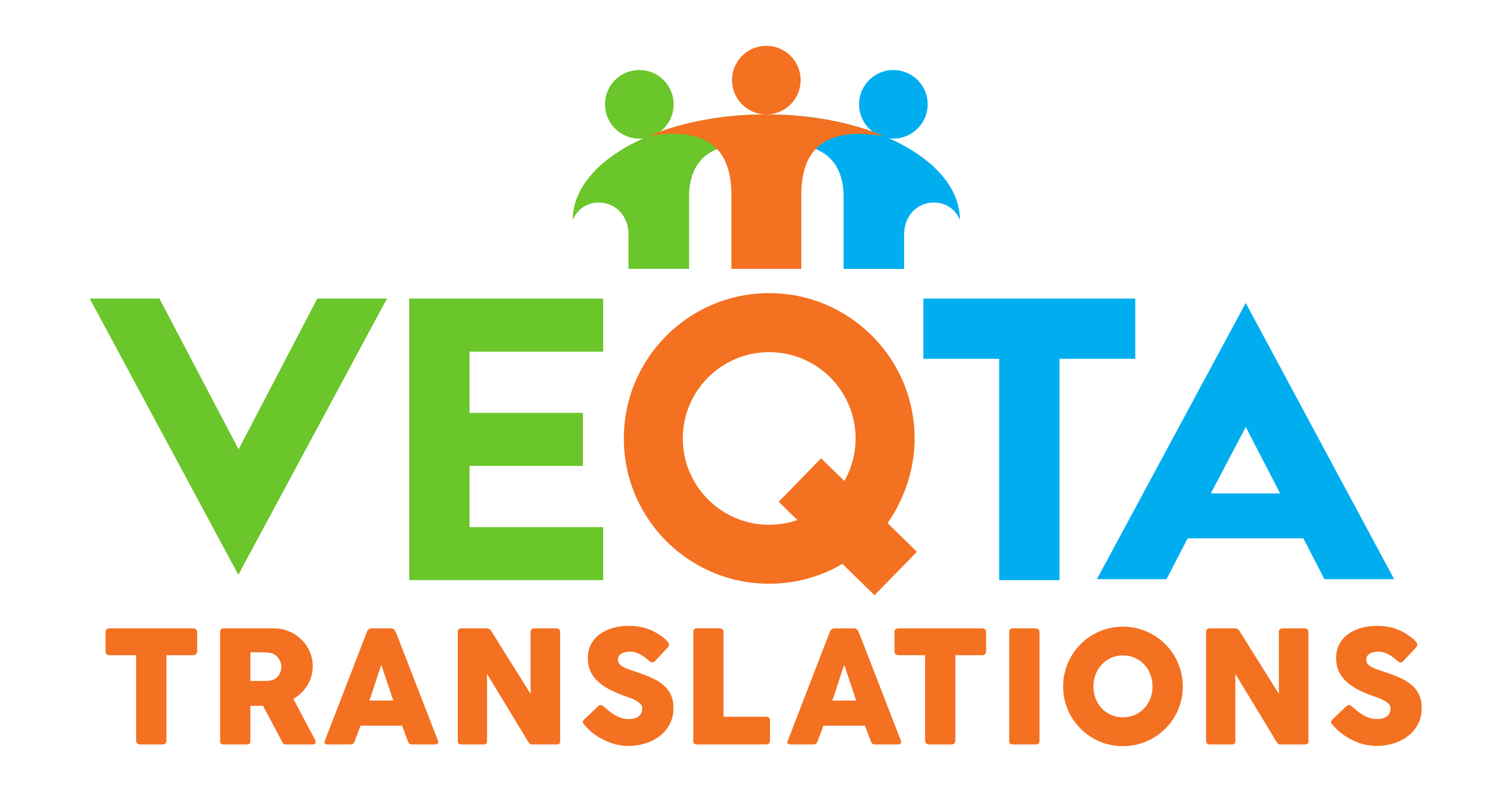For many Chinese start-ups expanding abroad, English documentation is the first impression of credibility. Yet, many make costly localization errors when translating manuals, user guides, or product specs. These mistakes not only confuse customers but can also expose the company to compliance risks. This article highlights four common pitfalls in Chinese to English technical translation—and how to avoid them for global success.
- Overreliance on Machine Translation
While AI tools save time, they lack domain-specific understanding. Technical terms often have multiple meanings in Mandarin. Without human review, mistranslations can mislead engineers or end users.
- Ignoring Industry Terminology Standards
Each industry—especially IT, biotech, and manufacturing—has established English terminology. Translating terms literally from Chinese can sound amateurish. Translators cross-check with ISO or IEEE standards to maintain professionalism.
- Poor Formatting and Localization of Units
Localization includes more than words—it involves adapting units, dates, and symbols. Converting ‘毫米’ to ‘mm’ or temperature scales is crucial for clarity and consistency.
- Neglecting Readability and Structure
Chinese documents tend to favor long paragraphs and formal tone. English technical writing prioritizes brevity and scannability. Translators restructure sentences for clarity without compromising accuracy.
Conclusion
Effective technical localization transforms complex Chinese concepts into globally understood instructions. Start-ups investing in professional translation save time, avoid errors, and build trust with international users.
FAQs
Q: Why is technical translation risky?
A: Because inaccuracies can cause operational errors or safety issues.
Q: Can AI handle technical translation?
A: AI assists but can’t replace human oversight in technical nuance.
Q: What’s a good translation strategy?
A: Combine machine-assisted draft with expert human editing.
Q: How to manage unit conversions?
A: Use globally accepted measurement standards consistently.
Q: Why is readability critical?
A: Because technical users value clarity and speed over literal accuracy.


